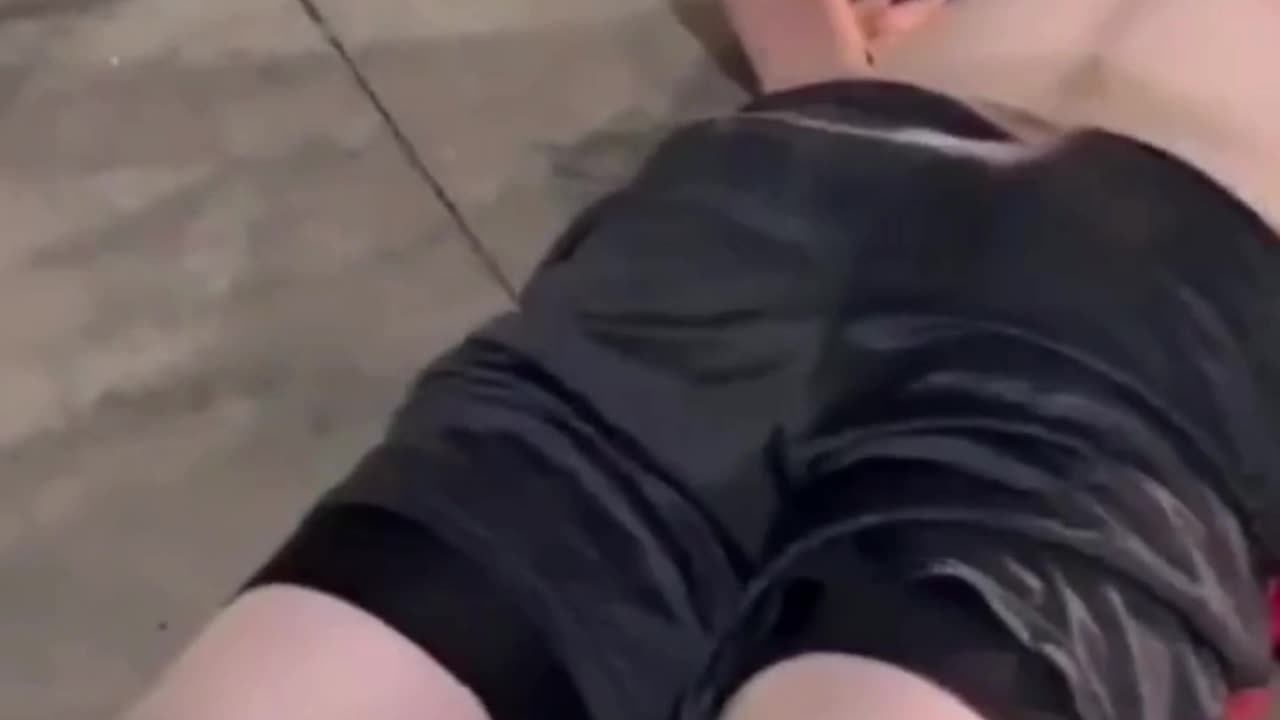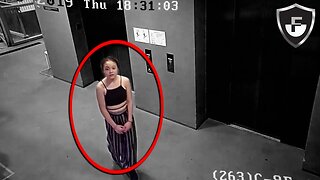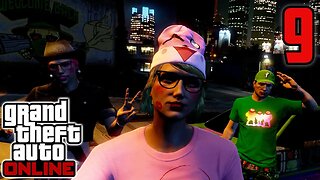Premium Only Content

TRY NOT TO LAUGH FINAL BOSS
Welcome to our "Try Not to Laugh Rumble" video's ultimate laughter battle! As we showcase a collection of the funniest moments ever photographed, get ready for side-splitting laughter. Prepare yourself to fight off spasms of hysterical laughing, and see if you can do it.
We've compiled the funniest videos from various sources for this hilarious challenge, featuring colossal flops, pranks gone bad, and side-splitting comedy sketches. This film is full of belly-aching situations and unexpected surprises that will challenge your ability to maintain composure.
You'll see a number of belly-laugh-inducing situations that are certain to make you chuckle as the film progresses. Watch as dogs participate in cute and awkward antics, cats show off their mischievous behaviour, and people get into the silliest circumstances possible. It gets harder and harder to keep your calm as time goes on since the laughter spreads more quickly.
Our Try Not to Laugh Rumble includes a competition in addition to funny videos. Test yourself, your loved ones, or even your friends to see who can hold out the longest against the want to chuckle. Will you triumph by maintaining your composure throughout the entire film, or will the humour take over and have you in stitches?
Prepare to embark on a voyage packed with laughs and put your sense of humour to the test. You'll undoubtedly cry with happiness while watching this Try Not to Laugh Rumble video and end yourself out of breath. Will you be able to resist the fits of laughter, or will you give in? Come join us today, and let the giggles roll!
"Try not to laugh videos" fall under the category of transformative and derivative works, which can be considered fair use under certain circumstances. Fair use is a legal doctrine that allows limited use of copyrighted material without permission from the copyright owner. It provides a balance between the rights of the copyright holder and the interests of the public in accessing and using creative works.
Here's an explanation of how "try not to laugh videos" can be considered fair use:
Transformative Nature: "Try not to laugh videos" often involve the compilation and editing of various short clips taken from different sources, such as movies, TV shows, commercials, or online videos. The creators of these videos add value by selecting, arranging, and modifying the original material to create a new, humorous experience. The transformative nature of these videos distinguishes them from the original content, as they serve a different purpose and entertain audiences in a unique way.
Non-Commercial Use: Many "try not to laugh videos" are created and shared for non-commercial purposes, such as entertainment, education, or commentary. They are often posted on social media platforms or video-sharing websites without seeking financial gain. Non-commercial use is generally more likely to be considered fair use, as it does not directly compete with the market for the original content.
Nature of the Work: The nature of the copyrighted work used in "try not to laugh videos" is typically factual or creative, but its purpose in the video is transformed into a comedic context. While some portions of the original work may be included, they are often heavily edited and combined with other clips to create a new comedic narrative. This transformative aspect reduces the potential market harm to the original work.
Amount and Substantiality: Although "try not to laugh videos" incorporate clips from various sources, they usually include only a small portion of each original work. Additionally, the videos focus on the humorous or entertaining elements rather than using substantial portions of the original content. This limited use reduces the impact on the market for the original work.
Effect on the Market: "Try not to laugh videos" are unlikely to serve as a substitute for the original content or impact its market value. Instead, they often promote the original works by showcasing amusing or memorable moments, which can generate interest and encourage viewers to seek out the full-length content.
It's important to note that fair use is a nuanced and context-specific concept, and each case is evaluated individually. Determining whether a specific "try not to laugh video" qualifies as fair use depends on factors such as the purpose of the video, the amount of copyrighted material used, and the potential market impact. If in doubt, seeking legal advice is recommended.
-
 3:36:30
3:36:30
TonYGaMinG
5 hours ago🟢 ABI WITH FRIENDS | 🍩JOE DONUTS | 😶 🌫 VLADSGAMINGCARTEL |
16.7K4 -
 21:24
21:24
marcushouse
12 hours ago $0.10 earnedStarship Flight 10: Go or No? 🚀
21.8K12 -
 LIVE
LIVE
MrR4ger
17 hours agoSUNDAY FUNDAY w/ R4GER - VARIETY / DIABLO 4/ FOR HONOR / ETC?
80 watching -
 5:40
5:40
WhaddoYouMeme
3 days ago $0.28 earnedThey’re Calling This the End of Masculinity
26.8K30 -
 15:24
15:24
Tactical Advisor
20 hours agoBest 2011 of 2025 | Bul Armory Ultralight Pro
28.2K2 -
 27:31
27:31
True Crime | Unsolved Cases | Mysterious Stories
2 days ago $0.18 earnedThe Hong Kong Schoolgirl Mystery – 5 Mysterious Unsolved Cases (Part 8)
21K3 -
 7:19
7:19
China Uncensored
1 day agoChina is DONE in the South China Sea
17.1K46 -
 5:17:07
5:17:07
Joe Donuts Live
7 hours ago🟢 Loot Rats Unleashed: Arena Breakout Chaos! | Joe + Tony + Vlad
27.5K1 -
 30:37
30:37
Degenerate Plays
19 hours ago $0.01 earnedThis College Is Out Of Control - GTA Online : Part 9
10.2K -
 16:28
16:28
Mrgunsngear
3 days ago $0.51 earnedBeretta 92XI SAO Sabbia Review - A Few Surprises
11.5K6